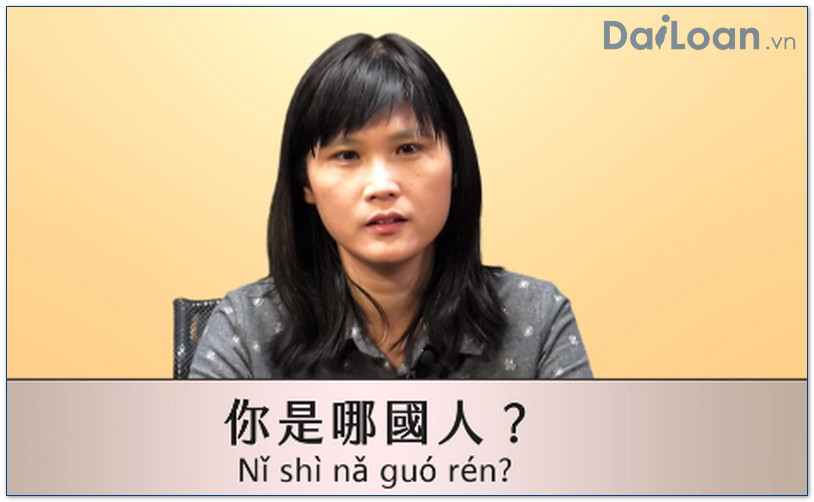In the vast realm of the Chinese language, words often carry deep and nuanced meanings. One such term is 勾引 (gōu yǐn), which has attracted attention for its intriguing implications. In this article, we will delve into the meaning of 勾引, explore its grammatical structure, and provide example sentences to enhance your understanding of this term.
Understanding the Meaning of 勾引 (gōu yǐn)
The term 勾引 (gōu yǐn) can be translated into English as ‘to lure’ or ‘to entice.’ It often carries a slightly negative connotation, implying manipulation or seduction. In various contexts, it can refer to tempting someone into a relationship, persuading someone with ulterior motives, or even leading someone into a trap.
Contextual Meaning and Nuances
While 勾引 generally suggests a sense of enticement, the specific context in which it is used can alter its meaning. For instance, in romantic situations, it might imply seduction, while in discussions about business or manipulation, it could refer to leading someone into making a poor decision. Understanding the context is crucial for accurate interpretation.
Grammatical Structure of 勾引
To understand the grammatical structure of 勾引, we need to break it down into its components:
- 勾 (gōu): This character means ‘to hook’ or ‘to draw.’ It suggests an action of drawing someone or something towards oneself.

- 引 (yǐn): This character means ‘to pull’ or ‘to lead.’ It implies guiding or directing someone or something in a specific direction.
Together, 勾引 conveys the idea of drawing or pulling someone towards a specific goal or intention, often with a sense of manipulation.
Sentence Structure Using 勾引
When using 勾引 in sentences, it typically functions as a verb. The structure generally follows this pattern:
- Subject + 勾引 (gōu yǐn) + Object
Let’s explore some sentence constructions using 勾引.
Example Sentences Using 勾引
1. 勾引的表现 (gōu yǐn de biǎo xiàn)
In this sentence, 勾引 is used to describe the manifestation of enticement. For example:
他用甜言蜜语勾引她。
Tā yòng tián yán mì yǔ gōu yǐn tā.
He used sweet words to lure her.
2. 道德问题 (dào dé wèn tí)
Here, 勾引 indicates a moral dilemma:
勾引他人做错事是不对的。
Gōu yǐn tārén zuò cuò shì shì bù duì de.
Enticing others to do wrong is not right.
3. 生活的挑战 (shēng huó de tiǎo zhàn)
勾引 can also relate to challenges in life:
生活中有很多事物会勾引我们迷失方向。
Shēng huó zhōng yǒu hěn duō shì wù huì gōu yǐn wǒmen mí shī fāng xiàng.
There are many things in life that will lure us off track.
4. 亲密关系 (qīn mì guān xì)
In romantic contexts:
她的魅力勾引了许多人。
Tā de mèi lì gōu yǐn le xǔ duō rén.
Her charm has lured many people.
Conclusion
In summary, 勾引 (gōu yǐn) is a multifaceted term that encapsulates the art of allure and manipulation. Its grammatical structure is straightforward, functioning primarily as a verb with clear usage patterns. By understanding its meaning and context, learners of the Chinese language can navigate its complexities effectively. Remember that language not only communicates meaning but also reveals cultural nuances that enrich our understanding of human interactions.

Sứ mệnh của Chuyên là giúp đỡ và truyền cảm hứng cho các bạn trẻ Việt Nam sang Đài Loan học tập, sinh sống và làm việc. Là cầu nối để lan tỏa giá trị tinh hoa nguồn nhân lực Việt Nam đến với Đài Loan và trên toàn cầu.
CÓ THỂ BẠN QUAN TÂM
Du học Đài Loan
Lao Động Đài Loan
Việc Làm Đài Loan
Đơn Hàng Đài Loan
Visa Đài Loan
Du Lịch Đài Loan
Tiếng Đài Loan
KẾT NỐI VỚI CHUYÊN
Zalo: https://zalo.me/0936126566
Website: www.dailoan.vn




